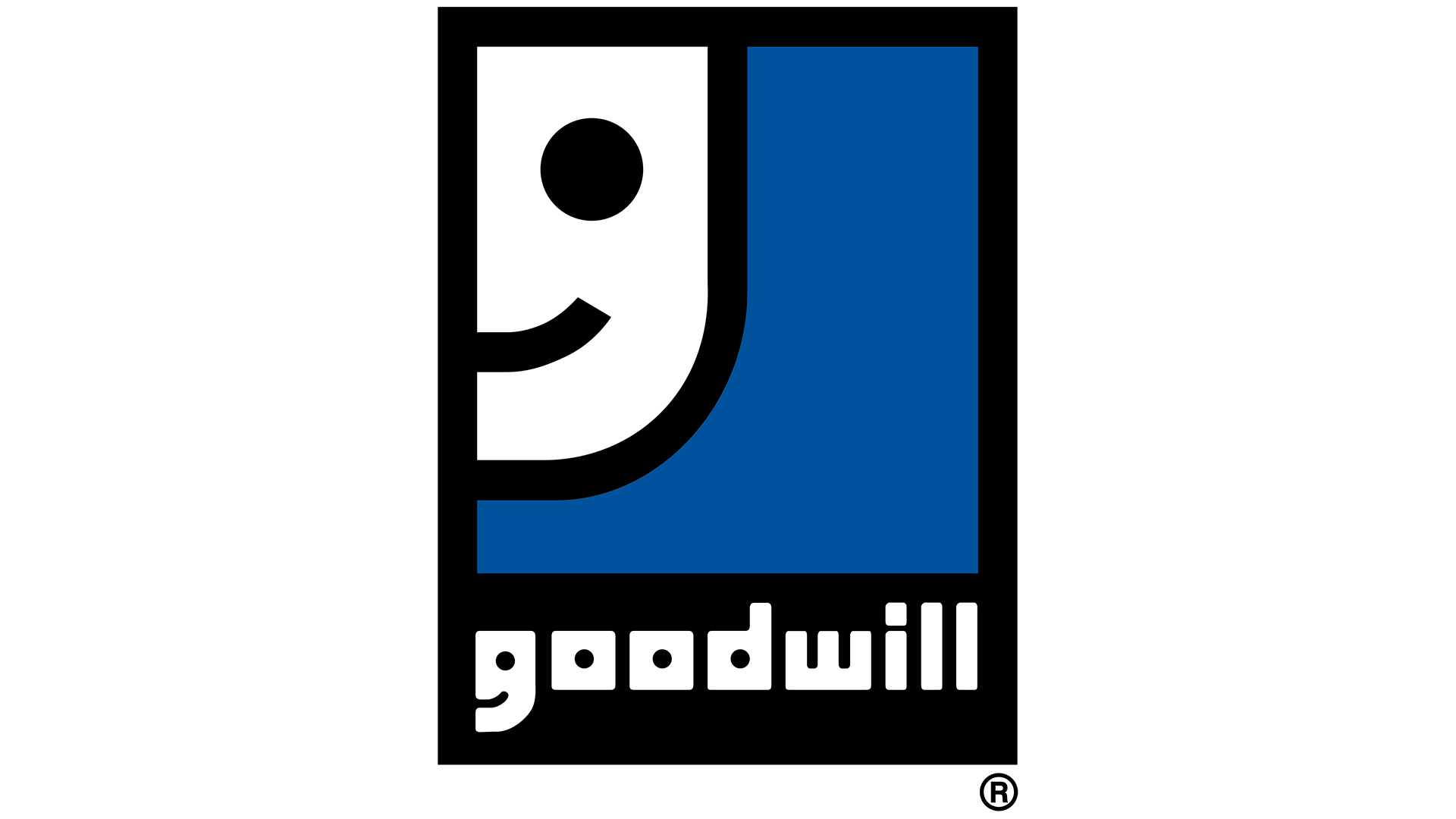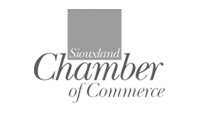Our work
Our experts collaborate to identify challenges, define objectives and formulate solutions.
Product detail page infographic updates drive positive UX
In early 2022, a multinational technology company launched an initiative to enhance 300+ detail pages for products ranging from pens and cleaners to furniture and electronic devices. It wanted to improve customer experience along the shopping journey and decided that new or improved infographics would help achieve that. Internal resources, however, were limited and lacked expertise so the company reached out to D2 for support
The first step was to review existing Q&A and customer comments, and do competitive research in order to identify customer painpoints. Overall findings indicated that, while most product pages offered basic information, details asked for by customers were often missing, vague, or incorrect, as was critical compatibility and/or use case. Information in images, feature copy, and/or instruction manuals sometimes conflicted with each other. Many did not follow approved brand guidelines. Some contained duplicate or draft graphics.
D2 UX experts reviewed and identified opportunities for improvement then collaborated with D2 communications experts to prioritize need and define best methods to communicate needed information. Copywriters and graphic designers worked together to craft compelling copy and design properly branded infographics to tell the full product story. We leveraged content across products and categories to ensure consistency and maximize efficiencies. Along the way, we created 90+ new icons for use in future detail pages.
300+ unique infographics successfully addressed questions from customers on size, compatibility, package contents, setup, usage, and more. Because of our work with icon creation, we were asked to contribute to updated brand and infographic guidelines. Product managers ended up requesting infographics support for other categories and, ultimately, we were asked to assume product documentation for eight brands as well.
Product detail page messaging drives record-breaking sales
When a big box retailer decided to introduce 100+ cases and other accessories for new iPhone products scheduled for launch later that year, it knew everything from packaging to web content needed to be ready the day new products were released. It knew many competitors would be pushing similar accessories so customer communications had to be crisp, clear and compelling. As a long-time partner, D2 had already supported numerous launches for other global brand product releases, so we knew what to do and were ready to jump in.
Applying customer communications expertise and a keen understanding of the target audience, we worked closely with client product development teams to identify unique features and characteristics they wanted to showcase for the new line-up of phone cases. Through regular meetings, we hammered out a schedule and prioritization that met market and business needs tied to the international product launch.
We had already worked with this retailer for several years so were very familiar with brand voice and tone. We had also already worked with the product team to create retail packaging copy for the same cases so leveraged efficiencies where possible to help ensure consistent messaging and streamline review. Our copywriters crafted romance descriptions and features which showed how the accessories solved customers’ problems and helped customers envision themselves using the products.
Our client’s typical conversion rate on similar products was usually around 3%. D2 web messaging helped pull in an incredible 31% conversion rate. The success of that global launch ultimately served as blueprint for later product launches.
Audit, heuristic & competitive eval identify service site needs
When new right to repair laws were announced, a national retailer took the opportunity to examine an existing service site, originally designed for service and repair personnel. There were numerous issues with it, however, and it didn’t serve the needs of intended users, much less consumers. Upper management labeled it “terrible” and knew major improvements were needed but didn’t know exactly what those were or how to properly prioritize. To complicate things further, they faced challenges with limited internal resources, which made it difficult to design, develop, implement, and maintain a massive update.
Several focus groups with various stakeholders were already underway, revealing numerous site functionality and navigation issues. In order to further understand strengths, weaknesses and additional opportunities for improvement, we took a 3-pronged approach, including a comprehensive site audit, a user-focused heuristic evaluation, followed by an in-depth competitive evaluation.
The audit captured data on search functionality, product page content, such as photos and parts lists, and site documents, such as service manuals. The heuristic evaluation revealed feature- and functionality-related issues of varying scope and severity. The competitive evaluation collected key insights from other service sites.
All three efforts produced valuable insights into content, features, data storage structure and overall site design. Applying UX expertise, we provided actionable recommendations focused on improving service site functionality, design and usability. Recommendations included strengthening search functionality , redesigning the interface, and adding content, such as videos, to guide and support site users. Combined with findings coming out of focus groups, all served as the foundation for recommendations provided to design a service site that better meets user needs and satisfies upcoming right to repair laws.
Focus group findings help identify service site needs
When new right to repair laws were announced, a national retailer took the opportunity to examine an existing service site, originally designed for service and repair personnel. There were numerous issues with it, however, and it didn’t serve the needs of intended users, much less consumers. Upper management labeled it “terrible” and knew major improvements were needed but didn’t know exactly what those were or how to properly prioritize. To make matters worse, they lacked internal resources to effectively design, develop or implement a massive update, much less maintain it.
We had already started an audit, heuristic, and competitive evaluation of the current site, all revealing numerous issues with branding, functionality, documentation, and more. We wanted to hear directly from users, however, in order to fully understand most critical needs, now and looking forward. To do that, we engaged with site stakeholders, including current and potential users.
Key findings from six focus groups revealed 100+ unique issues with the site, from missing and inaccurate content to functionality and navigation. Participants indicated a lack of trust in the site and reported having to seek information elsewhere. Overall, users emphasized the need for accurate, usable, easy-to-find and well-maintained content on the site.
We provided many actionable recommendations to improve overall user experience, leading to the redesign and testing of a new-and-improved service site. We also provided upper leadership with evidence clearly demonstrating an overwhelming need for a site overhaul, highlighting its potential to enhance efficiency, user confidence and functionality. Focus group insights served as the foundation for recommendations provided to design a service site that better meets user needs and satisfies upcoming right to repair laws.
Usability testing helps avoid disastrous product launch
A worldwide leader in networking products and services was developing a new mesh network targeting both expert IT personnel and tech-savvy DIY users. Some stakeholders, however, had major concerns about ongoing issues, so upper leadership wanted a thorough evaluation and objective input to help inform their next steps. For that, they turned to D2.
We started with a competitive evaluation of three products targeted at similar user personas and immediately found three to four times the number of issues as competitor products with similar complexity. Numerous documentation and software bugs made our customer’s product unusable. We worked with our customer to solve problems and prepare the product for additional testing, ultimately leading to development of new firmware.
When the new version of the product was ready, we conducted a heuristic evaluation, a communications review, and a usability test with participants matching target personas.
Key findings from all efforts revealed 200+ continued issues with product functionality, as well as missing or confusing information on packaging, in documentation, and in on-screen instructions. Test participants said they liked some elements, such as an associated app and QR code scanner. The overall experience, however, proved to be frustrating and DIY users, in particular, needed more help than our customer had anticipated.
We provided many actionable recommendations to help improve customer experience. Given the volume and severity of our findings, however, we also strongly recommended delaying the product launch until issues were resolved and test results showed marked improvement. Our customer agreed and the launch was halted. In the end, D2 input and the ability of our customer’s leadership team to look long-term helped them avoid a potentially disastrous product launch and preserve both brand image and reputation.
More case studies
- Driving a successful patent portfolio where others failed
- Heuristic evaluation offers long-term positive results
- Creating high-impact email for a credit card provider
- Web portal messaging for a credit card provider
- Creating a branded, scalable TV menu
- Delivering high-visibility packaging for a tradeshow >
- Strong partnership results in amazing returns reduction >
- Designing a communications strategy for tablets >
- Reducing high AC adapter returns >
- Helping a B2B company market to consumers >
- Providing insight & innovation to grow business >
- Successfully supporting a TV mount launch >
- Reversing high TV returns & calls, low ratings >











